Clinical Lead of the National Clinical Programme for Emergency Medicine Dr Gerry McCarthy spoke to Niamh Quinlan about developments in the specialty during the pandemic and future requirements.
The Covid-19 pandemic has placed a pressing need on healthcare services to adapt. Dr Gerry McCarthy, Clinical Lead of the National Clinical Programme for Emergency Medicine, told the Medical Independent (MI): “It was just enormous disruption, almost overnight. We may see another pandemic within the times we live in… [but] I don’t think any of us will ever see anything like it in our lifetime in terms of learning.”
Dr McCarthy spoke to MI about the measures implemented in emergency departments (EDs) during the pandemic and the pre-Covid issues that remain to be addressed for emergency medicine.
Alternative pathways

The emergence of Covid-19 meant that EDs had to find alternatives to congregating patients in large waiting rooms, according to Dr McCarthy.
Patients triaged as low risk, and waiting longer periods in large waiting room areas, were exposed to the risk of transmission. Therefore, the pandemic drove innovation through the further development of alternative care pathways for suitable patients.
In this respect, three relatively new initiatives were utilised by the National Ambulance Service (NAS) National Emergency Operations Centre in Tallaght.
“So those guys have a knowledge of what the services can offer,” Dr McCarthy said. “And in the event of them taking a call, they think ‘if we assign one of these services to that call, the patient may be able to safely be kept in their home and a plan of care put in place, rather than having to come into the emergency department’.”
Pathfinder, which began in Beaumont Hospital in Dublin and was being planned prior to the pandemic, was one such initiative. Pathfinder aims to improve outcomes for older people by minimising unnecessary ED attendances and offering safe alternative care pathways for older people in their homes. Older people can be particularly vulnerable to adverse events during ED attendance and hospitalisation.
The service consists of an advanced paramedic and occupational therapist (OT) or physiotherapist responding to 112/999 calls. It also has a follow-up team of OTs and physiotherapists who undertake immediate follow-up visits as necessary.
I really genuinely don’t believe that the closure of Nenagh and Ennis emergency departments is what has caused the problem in Limerick
Another initiative, Emergency Department in the Home (EDITH), provides emergency medical care and occupational therapy to adults over 65 and aims to reduce unnecessary attendances. The service, which began in February 2020, is run from St Vincent’s University Hospital (SVUH) in Dublin and is the first of its kind in Ireland. EDITH also accepts referrals from GPs, nursing homes and the SVUH ED team.
A third service Dr McCarthy highlighted to MI was the Alternative Pre-hospital Pathway (APP) Team, operating out of Cork University Hospital (CUH).
The service, which was founded in November 2019, responds to low acuity 112/999 emergency calls in the Cork area and aims to provide definitive patient care in the community or to refer patients to the appropriate community or specialist service. It is comprised of a specialist registrar in emergency medicine and an emergency medical technician in an NAS response vehicle.
The team has access to a portfolio of the patient’s hospital results, a point-of-care ultrasound scanner and a point-of-care blood test. “They can work magic really, in terms of coming up with a safe alternative to the patient coming to the emergency department,” said Dr McCarthy.
A research article, published last year in BMC Emergency Medicine, found there was a 68 per cent non-conveyance rate to the ED in its first 12 months of service.
Dr McCarthy commented: “Each of them [the three services] achieves non-conveyance: In other words, a safe alternative rather than bringing the patient to the emergency department by ambulance. Which makes it worth it, both for the patient and for the use of the ambulance service.”
An initiative in the early stages of development is the ‘navigation hub’ in CUH, where GPs are encouraged to make an emailed referral to the ED. This facilitates the department to have ‘prior sight’ of the patients planning to attend.
However, it is not yet planned to roll-out these initiatives nationally.
According to Dr McCarthy, “there’s a lot of learning going on at the moment. But that’s what we’re working on.”
FIT Teams
Another initiative seeking to address wait times for older patients presenting to EDs are the Frailty Intervention Therapy (FIT) Teams. FIT Teams began in 2015 in Beaumont Hospital to respond to the needs of older patients with frailty who attend the ED. The service comprises of physiotherapy, occupational therapy, medical social work, speech and language therapy, dietetics, and pharmacy.
“Frailty is a big issue for us,” Dr McCarthy said. “The over-75s are increasing, they’re living longer, they’re attending emergency departments frequently. There are lots of solutions being developed… and the FIT Team is a start.”
According to a 2017 conference abstract published in the International Journal of Integrated Care, the FIT Team service aims to identify all frail patients over the age of 75 who present to the ED during core hours, and to provide “rapid” access and a comprehensive multidisciplinary team assessment to all patients identified as frail.
Dr McCarthy noted: “What we’re trying to do is move from a linear ‘we will triage you and we will see the most urgent patients before we see anybody else’ [model], to a slightly broader approach where we’re saying, ‘well, here’s what it [a post-triage phase of care] looks like… as a care bundle’.”
Wait times and beds
The National Clinical Programme for Emergency Medicine has set a target that 95 per cent of patients are admitted or discharged within a maximum of six hours of attending an ED.
In regard to achieving this standard, Dr McCarthy said: “We’re looking not great.” He also highlighted the negative effect of long waiting times and ED overcrowding on patients’ health and privacy.
According to the national inpatient survey for 2021, only 29 per cent of people said they were admitted to a ward within the target waiting time of six hours.
In June, the HSE released figures to Sinn Féin health spokesperson Deputy David Cullinane, which showed the average wait time for admission to EDs was 11.5 hours. People over 75 had a longer median wait time of 13.5 hours.
Figures from the Irish Nurses and Midwives Organisation (INMO) showed 9,961 admitted patients were awaiting a hospital bed in June.
UHL overcrowding
While ED overcrowding is a problem nationally, it has been a marked and persistent issue at University Hospital Limerick’s (UHL) ED. In May, some 1,823 patients admitted to UHL were waiting for beds. Nationally, on 13 June, there were 457 admitted patients without a bed, including 101 patients in UHL, according to INMO figures.
In June, HIQA published a report on the UHL ED following a risk-based unannounced inspection on 15 March. The Authority said demand for services “exceeded the emergency department’s capacity and was a major contributing factor to overcrowding”. Furthermore, the hospital “did not have adequate measures in place to address the issues of ineffective patient flow, insufficient nurse staffing levels and prolonged waiting times”.
Dr McCarthy said the issue of overcrowding “breaks my heart… I wish it wasn’t there. It interferes with our daily work, we know that. The problem in Limerick is beds.”
Under Government policy, the EDs in Nenagh and Ennis were closed in 2009. There have been concerns that this development added to the long waiting times and overcrowding in Limerick’s ED.
“The University of Limerick Hospital Group is the only one in the country that doesn’t have a model 3 hospital. And that must play a part in this,” stated Dr McCarthy.
UL Hospitals has a good directional flow, he said. “And I really genuinely don’t believe that the closure of Nenagh and Ennis emergency departments is what has caused the problem in Limerick,” he continued. “I know it looks like that; I absolutely get that it looks like that. But I don’t believe it to be the case.”
Following the HIQA report, it was announced that the HSE’s performance monitoring and improvement unit (PMIU) would be based at UL Hospitals from 4 July for four-to-six weeks.
In a letter to staff, the Chief Officer of HSE Mid-West Community Healthcare, Ms Maria Bridgeman, said: “The performance and improvement unit will be a dedicated resource to work collaboratively with HSE Mid- West Community Healthcare and the UL Hospital Group to put in place enhanced measures to alleviate the pressure on the emergency department.”
This newspaper queried the HSE on whether the PMIU had left UL Hospitals and on progress to date. However, no response was received by the time of going to press.
Navan
Meanwhile, Dr McCarthy told MI the planned replacement of the ED at Our Lady’s Hospital, Navan, with a 24- hour medical assessment unit (MAU) was “completely coherent” with the model of care published by the clinical programme.
The HSE has stated that Navan’s “reconfiguration” to a model 2 hospital was set out in the Government policy document, Securing the Future of Smaller Hospitals — A Framework for Change (2013).
On 13 June, the HSE announced plans to establish the MAU, with support from a local injuries unit. The Executive said Navan’s ED currently does not meet safe clinical standards for certain presentations.
The HSE said the MAU would still see approximately 80 per cent of the 25-to-30 patients who attended the hospital’s ED each day.
Where appropriate, patients would be triaged to Our Lady of Lourdes (OLOL) Hospital, Drogheda, and Connolly Hospital, Blanchardstown.
However, the day after the HSE’s statement, Minister for Health Stephen Donnelly said no decision had been made about the future of the ED.
Dr McCarthy acknowledged the reaction to the HSE’s plan had been “tumultuous”. He said: “People are very wedded to their emergency department. People feel reassured that it’s immediately available.”
There were two broad themes to the model of care, Dr McCarthy stated.
“One is the recommendation to optimise the quality internal patient flow within emergency departments… And the other broad brush is, how should emergency departments support each other… in the form of what we would call an emergency care network.”
Emergency care networks (ECNs) consist of several collaborating emergency units, closely aligned with local pre-hospital services and primary care services, according to the model of care.
The on-site elements of the ECNs comprise of emergency departments, local emergency care units (such as MAUs) and local injury units.
It is vital for emergency departments and lower triage units, such as MAUs and injury units, to form strong linkages, according to Dr McCarthy.
“Ensuring that we pick out the most seriously ill and the most seriously injured at the earliest stage in their care journey is really the holy grail for us — trying to make sure that the right patient gets to the right place at the right time.”
As well as current risks associated with the Navan ED, Dr McCarthy acknowledged the capacity risk in the OLOL and Connolly Hospital EDs.
“There are two risks here: One is the wrong patient arriving in the wrong place, whose needs are clearly too complex and immediate to be dealt with in that place. That’s the concern in Navan,” he said. “The risk in Lourdes ED and Connolly ED is the risk of crowding.”
A working group has been established by the HSE to review the reconfiguration plans for Navan hospital. It is expected to issue its recommendations within weeks.
Staff retention
Nationally, there is “no doubt” that lack of capacity is negatively impacting hospital staff and contributing to burnout, according to Dr McCarthy.
“Of course, it would,” he said. “I mean, the feeling of helplessness, the inability to make a difference, is one of the key contributors to burnout.”
Interactions were forcibly changed by the pandemic and this impacted both patients and staff.
Dr McCarthy commented: “Sometimes… we had to look twice to see who your colleague in the resuscitation team was, because it was so hard to see anything other than their eyes. And that was particularly difficult for distressed patients.
“A fair bit of our work for the patient who has just developed a sudden serious illness or injury was reassurance… touch the elbow and smile and find something in common that makes them relax a little bit. And that all became extremely difficult during Covid.”
Dr McCarthy also recalled the fear felt by healthcare workers at the beginning of the pandemic.
“In the earliest stages, we had gone into it for all the right reasons and were ready to put ourselves in harm’s way, as it were. Those of us of an older age realised if we got it [the virus], it could be very serious.” These were “very intense times”, he added.
Many healthcare workers have experienced mental health difficulties during the pandemic. According to a study published in the Irish Journal of Medical Science in June, 45 per cent of respondents (from three Dublin hospitals) reported moderate or severe symptoms of post-traumatic stress disorder; 52 per cent of respondents reported low mood; 13 per cent of respondents reported thinking of ending their life over the previous week; and 5 per cent reported planning to end their life.
The high levels of post-traumatic symptoms found in the study were higher than the current best international estimate for healthcare workers.
There are also ongoing high levels of doctor emigration. By May 2022, Australia had issued 402 work visas to Irish doctors, compared to 272 in 2019. Commenting on the figures at the IMO AGM in May, Senior Lecturer in the RCSI Graduate School of Healthcare Management, Dr Niamh Humphries, said keys challenges for doctors included poor work/life balance and an absence of hope.
There are some supports in place, noted Dr McCarthy. He acknowledged there has been “very ready access” to employee assistance programmes. “And I have many times over the years referred people to them, and they have come back full of good news about them.”
Staff
The response of healthcare staff during the pandemic has underlined that “we have some really, really great people”, said Dr McCarthy. “And we have some incredibly talented people coming forward.”
Asked what could be done to boost staff retention, he told MI: “A real, genuine feeling that they’re appreciated goes a long way. In hectic environments, like the emergency department, ensuring people get breaks [is crucial], which is extremely difficult because there’s always something going on. But it is really, really important.”
Accessing annual leave is also difficult in emergency medicine, Dr McCarthy pointed out.
While new initiatives in EDs have offered a sense of hope, Dr McCarthy said he would not insult colleagues by failing to acknowledge the significant ongoing challenges.
“They are my colleagues. I work alongside them on a regular basis, and they are the best, they are just fantastic.”
The ultimate goal of staff is to manage and care for seriously ill and injured patients, “doing their best for them and taking pride in that,” he said.

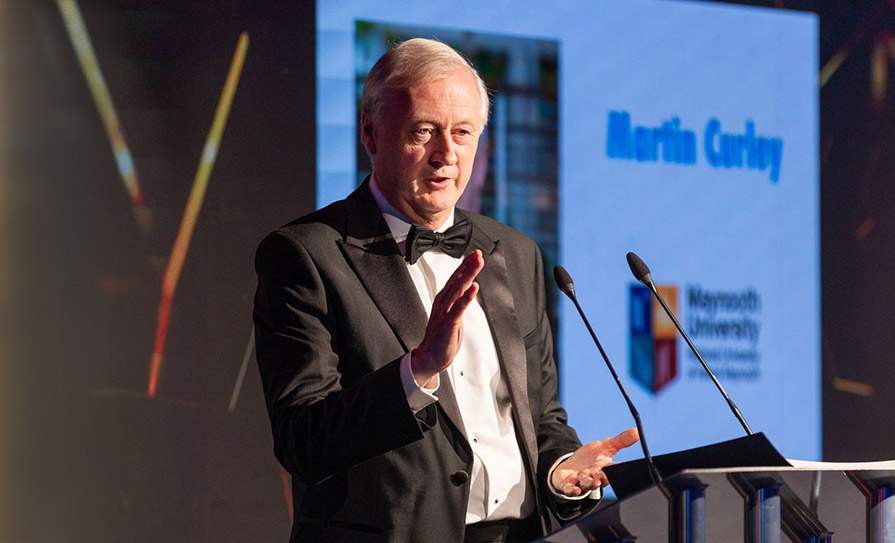
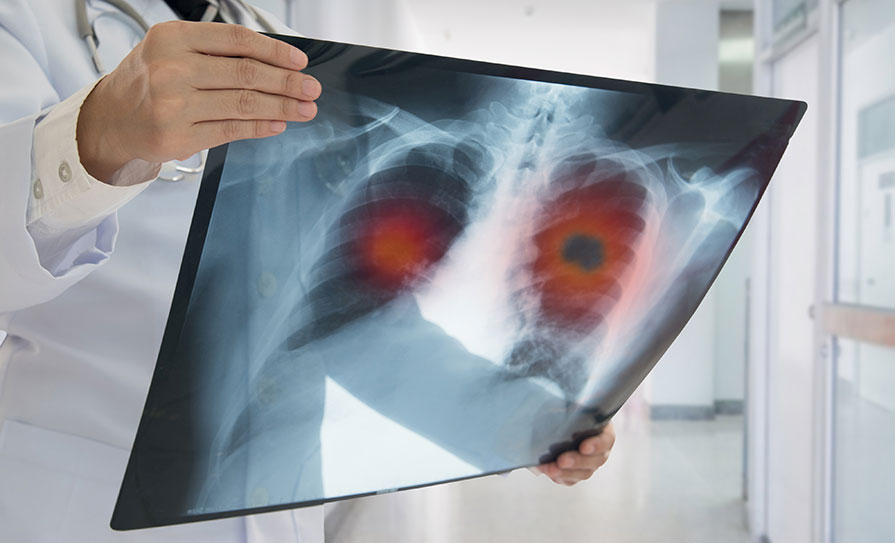
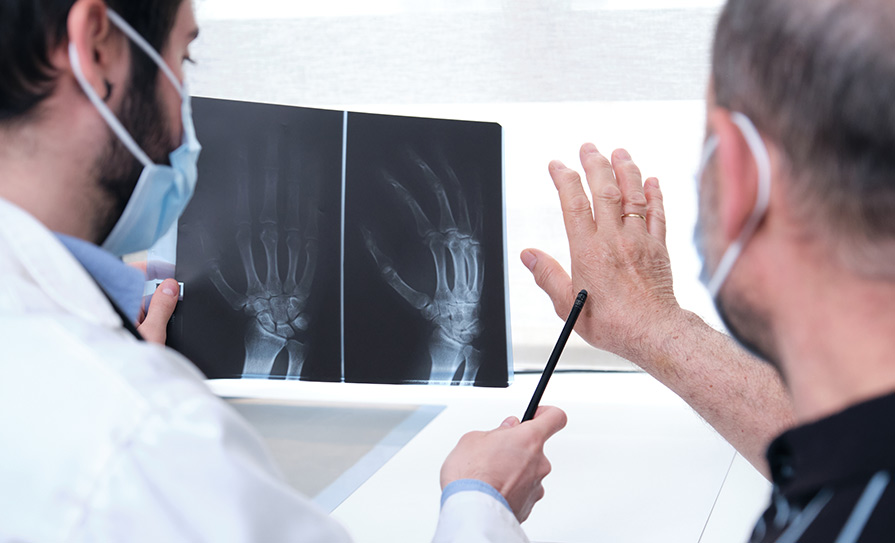
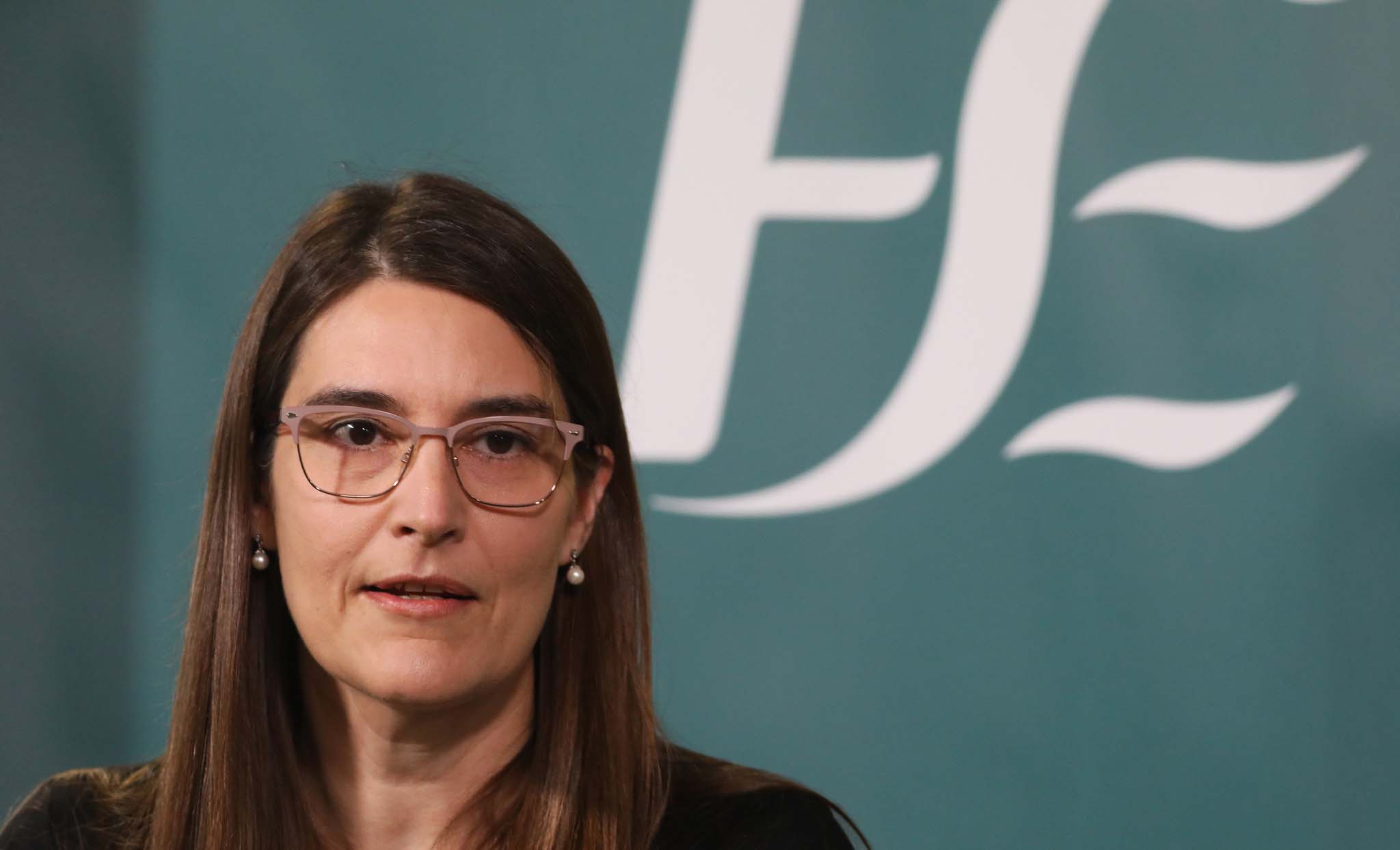
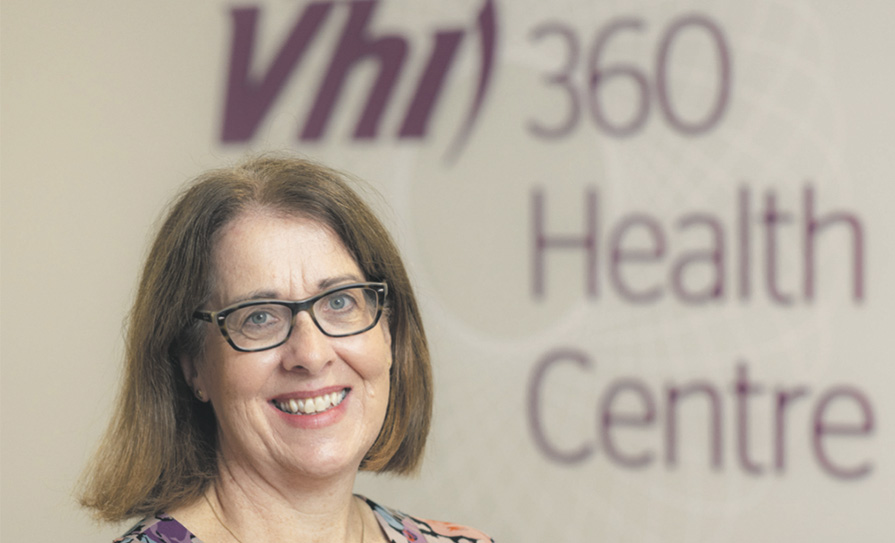


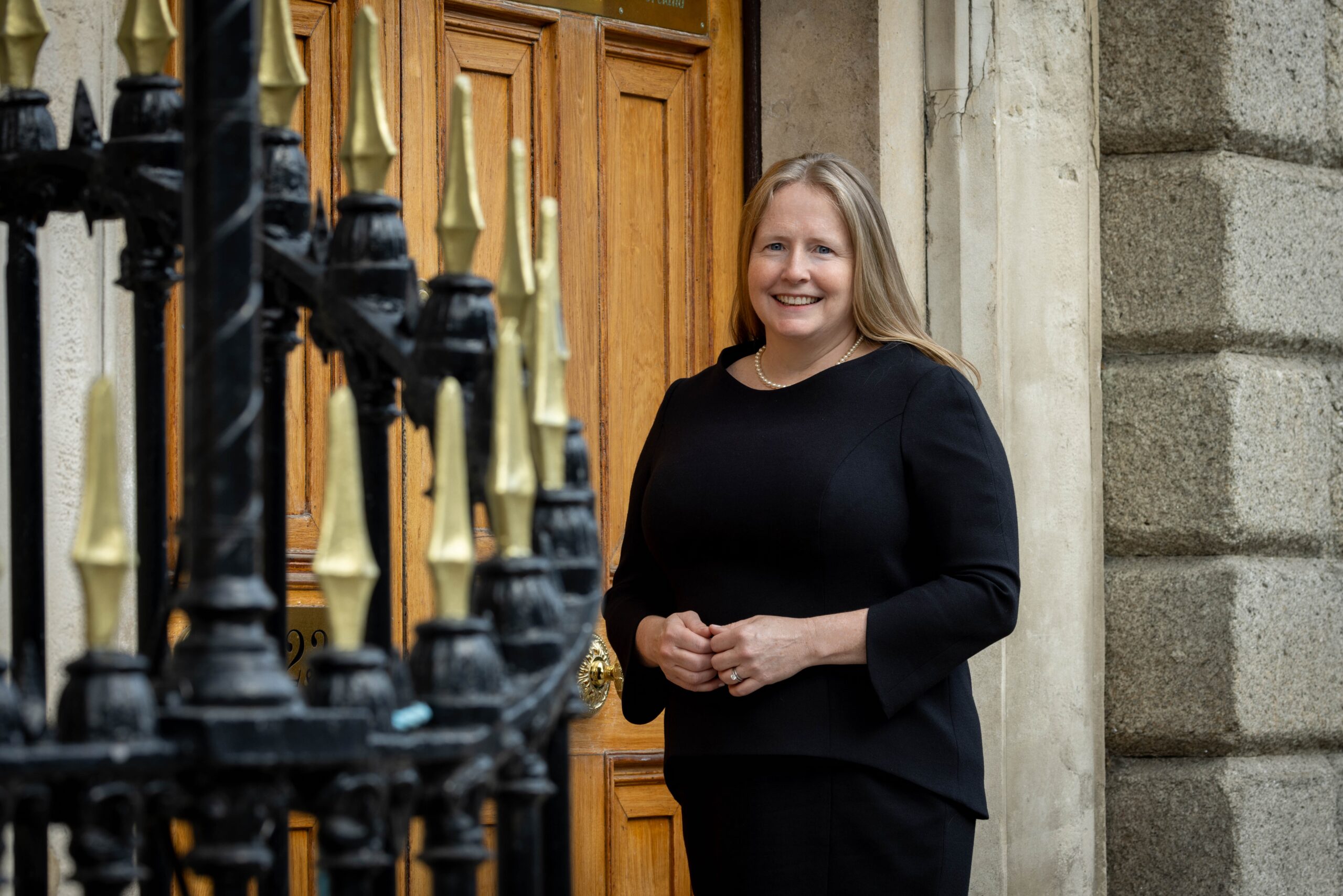




Leave a Reply
You must be logged in to post a comment.